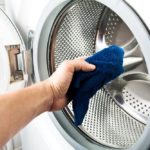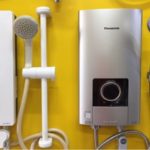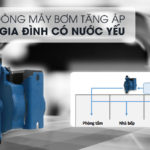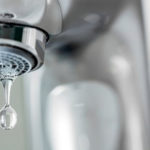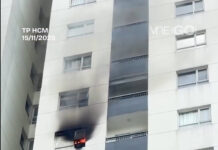Components of hot and cold water tanks are prone to rust
Components of hot and cold water tanks that are prone to rust can include the connecting wires. The reason for this is that these components are mainly made of metal, and they are in a high moisture environment, often in contact with water, such as bathrooms and toilets. Therefore, over time, it is inevitable that they will rust.
The rusting of the connecting wires can cause them to break, snap, and leak water, posing a danger to users when using hot and cold water tanks. In addition to the connecting wires, other components such as temperature adjustment knobs or screws and bolts need to be examined and replaced if they are rusting.
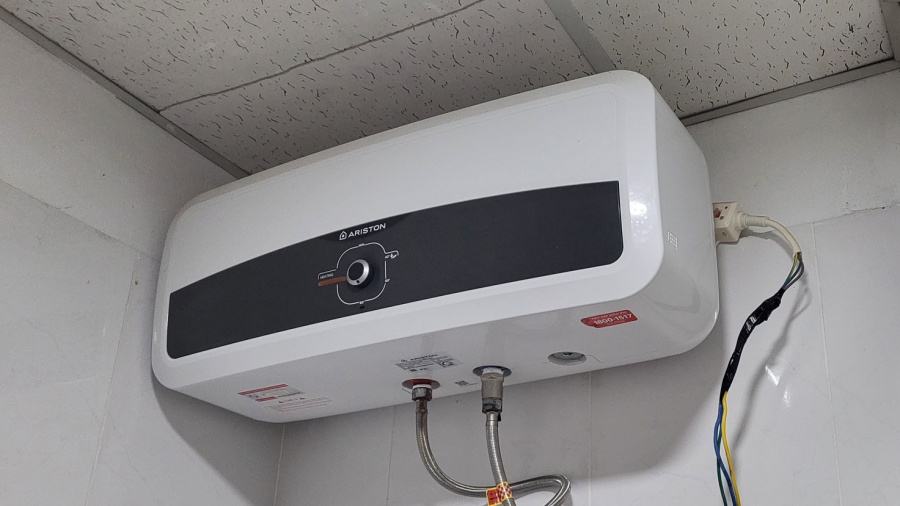
Leakage from hot and cold water tanks also poses a risk of accidents
In addition to electrical leakage, leakage of water from hot and cold water tanks also poses a significant risk of accidents. Currently, it mainly occurs in the water inlet area and pipe connections. If the water pipe is leaking, it can cause the pipes to rust and reduce the lifespan of the hot and cold water tank.
However, if the leakage occurs in the water inlet area, the danger is even greater. The leaked water in this area will also be yellowish in color. Experts say that water leakage in the water inlet area is one of the causes of electrical leakage in hot and cold water tanks, and it can even lead to electrical fires and explosions.
In addition, when the water tank of the device is punctured, the rubber gaskets between the pipes become loose… it can also lead to water leakage. Before investigating the cause of electrical leakage in hot and cold water tanks, users should stop using them, disconnect the power supply, then determine the location of the water leakage and call the numbers of specialized technical units.
Hot and cold water tanks emit unusual noises
There are many reasons that can cause hot and cold water tanks to emit unusual noises when users are using them. According to Vietnam Electricity Corporation (EVN), the two main reasons are that the water supply to the tank is not clean and the pressure reducing valve is damaged.
Among them, the second reason is more dangerous. The pressure reducing valve of the hot and cold water tank is responsible for releasing excess steam when the water in the tank is too hot. It ensures the safety of the users. Therefore, when this component malfunctions, steam cannot escape, resulting in noise. “Moreover, when steam cannot escape, the pressure inside the tank becomes too high, which can lead to the risk of the hot and cold water tank exploding,” EVN said.
When using the hot and cold water tank and hear unusual noises, users should disconnect the power supply and call a technician to replace the pressure reducing valve.
Water from the tank is no longer hot
In many cases, even though the hot and cold water tank has been turned on for a certain period of time, the water coming out is no longer hot.
Some possible reasons for this include:
Unstable power supply to the device
Overloading of the machine
The tank is not being supplied with water internally
Malfunctioning thermostat or heating element
The control switch is no longer functioning properly
The tank is filled with dirt and debris
Of all these reasons, the lack of water in the tank poses the most safety risk. This can damage the heating element, cause fires, electrical leaks, and even tank ruptures.
Therefore, if any of the above warning signs or any other abnormal phenomena occur with the hot and cold water tank, users need to be cautious of the safety risks.
The best course of action is to quickly disconnect the power supply, contact the technical team for inspection, repair, and replacement.


























